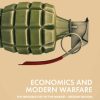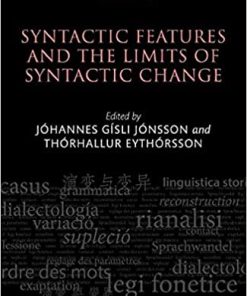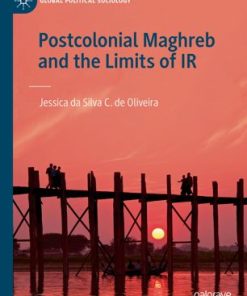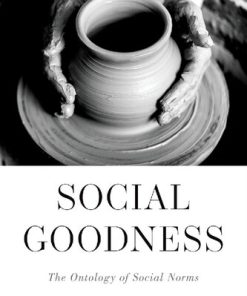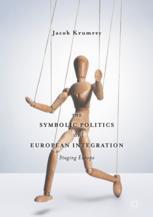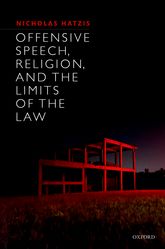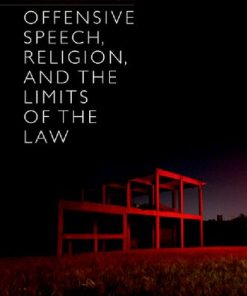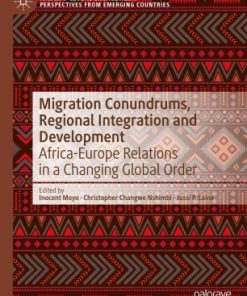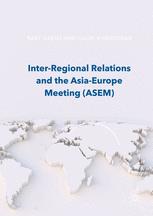The Limits of Europe: Membership Norms and the Contestation of Regional Integration
$50.00 Original price was: $50.00.$25.00Current price is: $25.00.
The Limits of Europe: Membership Norms and the Contestation of Regional Integration – Ebook Instant Download/Delivery ISBN(s): 9780199206711,0199206716,9780192667649, 0192667645
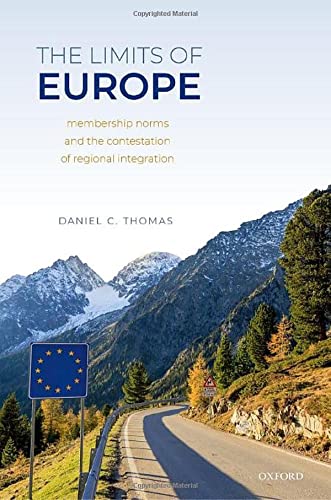
Product detail:
- ISBN 10: 0192667645
- ISBN 13: 9780192667649
- Author: Daniel C. Thomas
Where does Europe begin and end? How have the European Union and its precursors decided which countries are eligible to join the community and which are not? Few issues are more hotly debated, more important for the course of European integration, or more consequential for individuals in and around the EU. As this book demonstrates, the limits of Europe are determined by the values shared at particular moments in time by the leaders of the community’s member states, regardless of their particular policy preferences. These membership norms shape the community’s decisions on enlargement by empowering certain political forces and disempowering others. And contrary to conventional wisdom, these norms have changed considerably over time. The Limits of Europe: Membership Norms and the Contestation of Regional Integration uses a novel combination of normative genealogy, statistical analysis and detailed tracing of EU decision-making on Greece, Spain, Turkey and Ukraine to demonstrate that changing membership norms have had a stronger impact on the community’s enlargement since the 1950s than treaty rules, the location of the states seeking membership, or even the commercial or security interests of member states.
Table of contents:
- Part One Questions And Arguments
- 1. The Question of Membership
- 1. The question and its significance
- 2. Insights and gaps in the scholarly literature
- 3. Defining membership eligibility
- 4. The argument and alternative explanations, in brief
- 5. Empirical design and methods
- 6. Plan of the book
- 2. Explaining Membership Eligibility
- 1. A constructivist theory of regional community
- 2. Alternative explanations
- 3. Conclusions
- Part Two Membership Outcomes
- 3. The Evolution of EU Membership Norms
- 1. A community of non-Communist states, 1957–1961
- 2. A community of parliamentary democracies, 1962–1969
- 3. A community of liberal democracies, 1970–2005
- 4. A divided community, 2006–2020
- 5. Conclusions
- 4. EU Membership Eligibility in Statistical and Comparative Perspective(with Patrick D. Statsch)
- 1. Data and methods
- 2. Explanations and hypotheses
- 3. Cross-tabulation analysis
- 4. Discussion of cross-tabulations
- 5. Logistic regression analysis
- 6. Qualitative Comparative Analysis
- 7. Conclusions
- Part Three Membership Processes
- 5. Membership Eligibility in a Europe of Non-Communist States, 1957–1961
- 1. Opening to Greece
- 2. Opening to Turkey
- 3. Opening to Spain
- 4. Conclusions
- 6. Membership Eligibility in a Europe of Parliamentary Democracies, 1962–1969
- 1. Rejecting Spain
- 2. Confirming the opening to Turkey
- 3. Suspending the opening to Greece
- 4. Conclusions
- 7. Membership Eligibility in a Europe of Liberal Democracies, 1970–2005
- 1. Reopening to Greece
- 2. Reopening to Spain
- 3. Reaffirming the opening to Turkey
- 4. ‘Neither open nor closed’ to Ukraine
- 5. Conclusions
- 8. Membership Eligibility in a Divided Europe, 2006—2020
- 1. Bargaining over the opening to Turkey
- 2. Bargaining over Ukraine
- 3. Conclusions
- Part Four Conclusions And Implications
- 9. Rethinking Europe, Rethinking Regions
- 1. The construction of Europe
- 2. Understanding regions and regional integration
- 3. The future of Europe
People also search:
You may also like…
dictionaries & phrasebooks
Politics & Philosophy - International Relations
Politics & Philosophy - Social Sciences
Politics & Philosophy - Social Sciences
The Symbolic Politics of European Integration: Staging Europe 1st Edition Jacob Krumrey
Jurisprudence & Law - Legal Theory & Philosophy
Jurisprudence & Law - Legal Theory & Philosophy
Offensive Speech, Religion, and the Limits of the Law 1st Edition
Politics & Philosophy
Politics & Philosophy - Social Sciences



